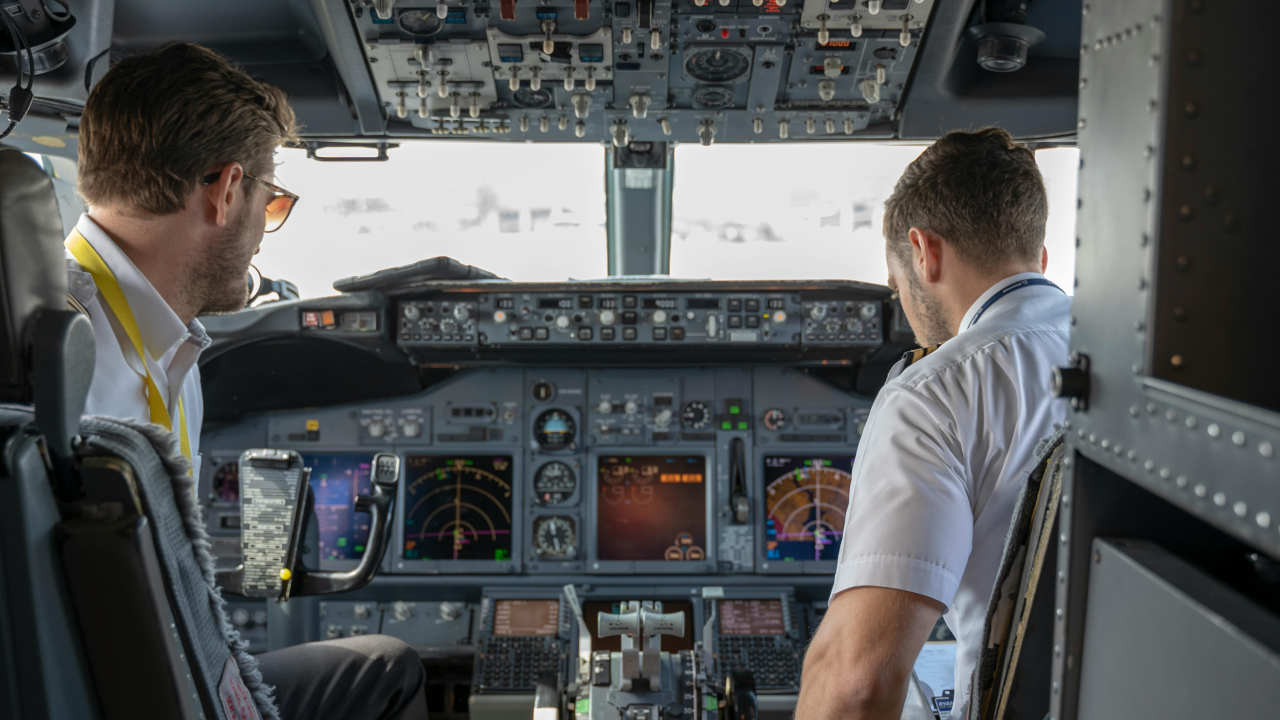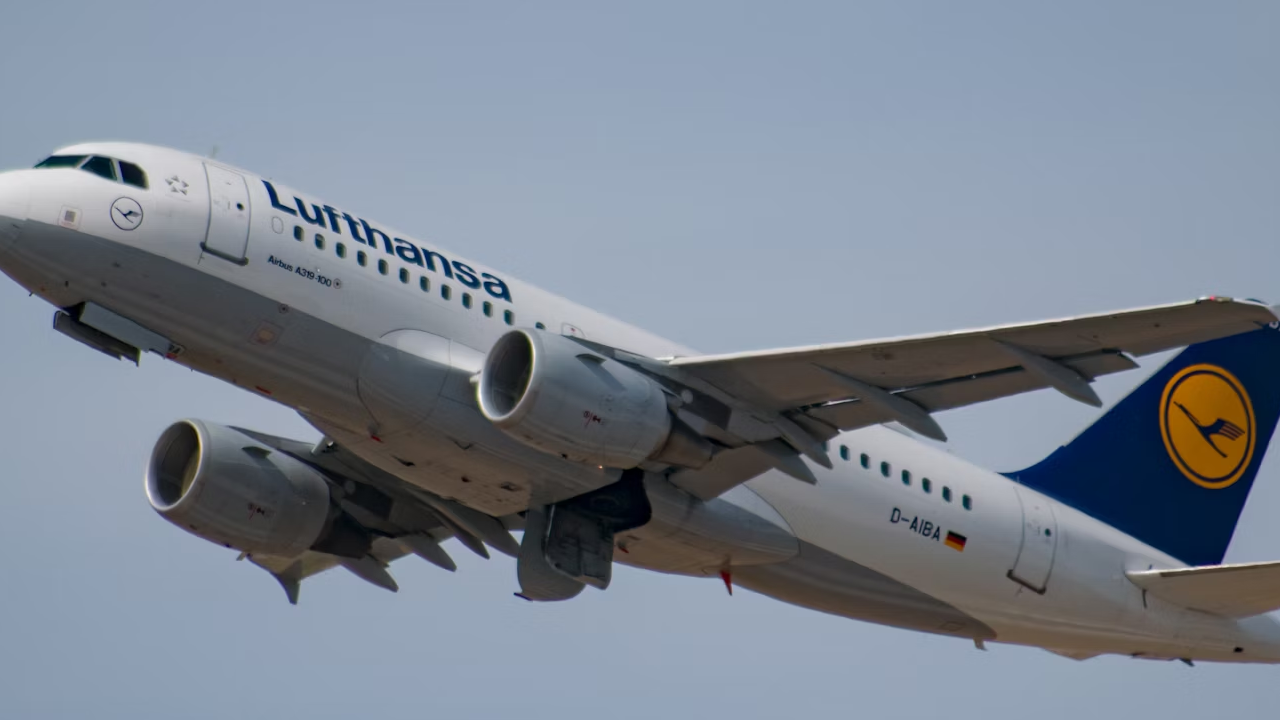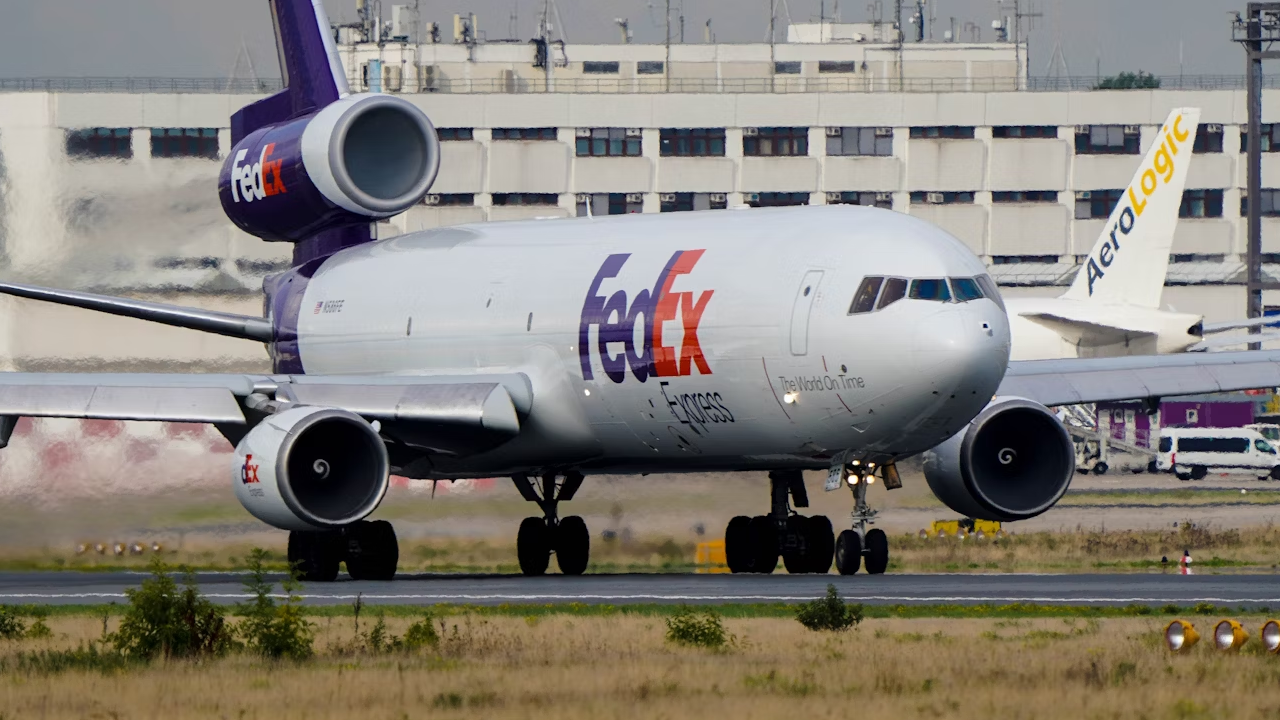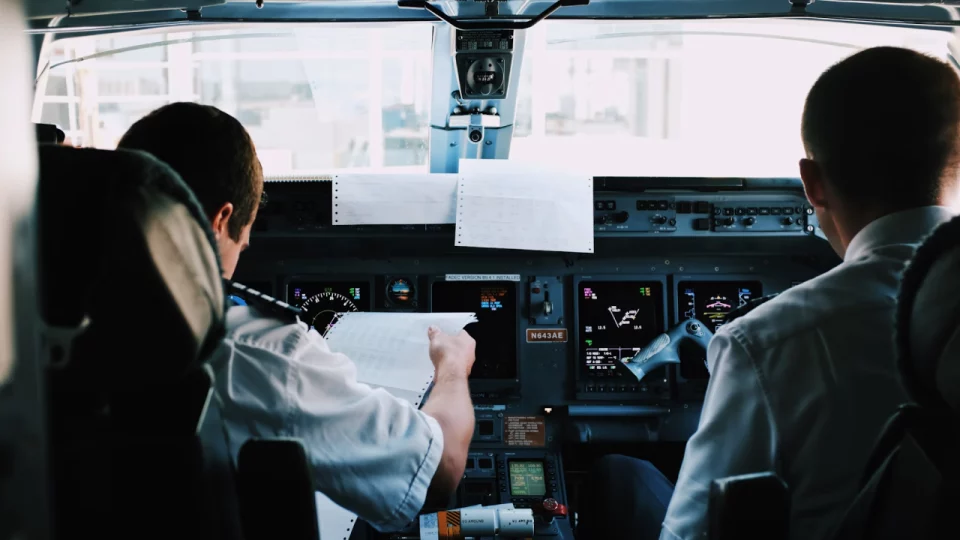When thinking about high-paying careers, pilots often come to mind. The idea of flying around the world, commanding a multi-million dollar aircraft, and wearing that iconic uniform makes the profession seem glamorous and lucrative.
But how much do pilots really earn? The truth is, pilot salaries vary widely based on several factors, including the type of aircraft they fly, their level of experience, the airline they work for, and even the country in which they are based.
Table of Contents
Entry-Level vs. Experienced Pilots
One of the most important distinctions in pilot salaries is between entry-level and experienced pilots. For new pilots, especially those just out of flight school or starting in regional airlines, salaries may be far less impressive than expected. However, as pilots gain experience and move up the ranks, their earning potential can increase significantly.
Starting Out: Regional Airlines
Most new pilots in the U.S. and other parts of the world begin their careers flying for regional airlines. These smaller airlines primarily operate shorter domestic routes, and while the job provides valuable flying experience, it doesn’t always offer lucrative compensation.
For example, a first-year first officer (also known as a co-pilot) at a regional airline in the U.S. might earn around $40,000 to $60,000 per year. This may come as a surprise to many who imagine pilots automatically earning six-figure salaries upon graduation from flight school. In fact, some entry-level pilots in other parts of the world earn even less, especially in regions where the aviation industry is still developing.
While $40,000 to $60,000 is still a respectable salary in many professions, it is important to consider the costs associated with becoming a pilot. Flight school can be expensive, with some aspiring aviators taking on significant debt to fund their education. In the U.S., for instance, the cost of flight training can range from $80,000 to $100,000 or more, depending on the program. This means that many new pilots are carrying large financial burdens as they start their careers, making those early salaries feel relatively modest.

Climbing the Ranks: Captains and Major Airlines
However, as pilots gain experience, their salaries can rise dramatically. Captains, who are in charge of the aircraft, typically earn much more than first officers. Additionally, moving from a regional airline to a major airline can result in a substantial pay increase.
At a major airline in the U.S., for example, a captain flying a large aircraft like a Boeing 777 or an Airbus A380 can earn well over $200,000 per year. Some captains with many years of experience may even make close to $300,000 annually. These higher salaries reflect the increased responsibility that comes with flying larger aircraft on longer international routes, as well as the greater level of experience required to command these flights.
However, even at major airlines, salaries vary based on factors such as seniority and the type of aircraft being flown. A first officer at a major airline might earn between $80,000 and $150,000 annually, depending on these variables. Captains flying smaller domestic aircraft may also earn less than those flying larger international planes.
Seniority and Bidding Rights
Seniority plays a huge role in determining a pilot’s salary and working conditions. Most airlines operate on a seniority-based system, meaning that the longer a pilot has been with the airline, the more control they have over their schedule, the routes they fly, and, ultimately, their salary.
Seniority can also determine which aircraft a pilot is qualified to fly. At most airlines, newer pilots are assigned to smaller aircraft and shorter routes, which typically come with lower pay. Over time, pilots can bid for positions on larger aircraft and more desirable routes. Pilots with more seniority can also have more control over their schedules, which may allow them to work fewer hours or spend more time at home between flights, further enhancing their quality of life.
Geographic Differences in Pilot Pay
In addition to experience and airline type, geographic location plays a major role in determining pilot salaries. Pilots working for airlines based in certain regions of the world may earn more or less than their counterparts elsewhere.
North America: The U.S. and Canada
Pilots in the United States and Canada tend to earn relatively high salaries compared to those in many other parts of the world, particularly for major airlines. According to data from the U.S. Bureau of Labor Statistics, the median annual wage for airline pilots, copilots, and flight engineers in the U.S. was about $160,970 as of 2022, with the highest 10% earning more than $208,000.
Canada offers similarly high pay for pilots, especially at major airlines like Air Canada and WestJet. First-year captains at these airlines can expect to make over $100,000, with experienced captains earning significantly more.
However, not all pilots in North America enjoy these high salaries. Regional airline pilots, as mentioned earlier, often start at lower wages, and the cost of living in some major U.S. cities can make it difficult for new pilots to afford housing and other expenses, especially if they are also paying off flight school debt.
Europe: Wide Variations in Pay

In Europe, pilot salaries can vary significantly depending on the airline and country. For example, pilots working for major airlines like British Airways or Lufthansa can earn salaries comparable to their North American counterparts. A captain flying long-haul international flights for these airlines might make upwards of €150,000 ($160,000) per year, with some earning even more depending on experience and seniority.
On the other hand, pilots working for low-cost carriers like Ryanair or EasyJet may earn significantly less. A first officer at one of these airlines might make between €40,000 and €70,000 ($43,000 to $75,000) annually, while captains can earn between €70,000 and €130,000 ($75,000 to $140,000). Although these salaries are still respectable, they are often lower than those at major, full-service carriers.
The Middle East: High Salaries and Tax-Free Income
One region where pilots can earn particularly high salaries is the Middle East. Airlines like Emirates, Qatar Airways, and Etihad Airways are known for offering competitive pay packages, often including tax-free salaries, housing allowances, and other benefits.
For example, a captain flying long-haul routes for Emirates might earn between $150,000 and $200,000 per year, with some senior captains making even more. Additionally, many Middle Eastern countries do not tax personal income, meaning pilots can keep more of their earnings compared to their counterparts in regions with higher taxes.
However, these high salaries often come with trade-offs. Pilots based in the Middle East may need to relocate far from their home countries, and the demands of long-haul international flying can be exhausting. Despite these challenges, many pilots are attracted to the region by the high pay and benefits offered by Middle Eastern airlines.
Asia: Growing Opportunities but Variable Pay
In Asia, pilot pay can vary widely depending on the country and airline. Countries like China, Japan, and South Korea offer some of the highest salaries for pilots, especially as demand for air travel continues to grow in the region.
Chinese airlines, in particular, have been known to offer very attractive salaries to foreign pilots, with some captains earning upwards of $300,000 per year. These high salaries are often offered to pilots with significant experience, as Chinese airlines seek to fill a shortage of qualified aviators.
In other parts of Asia, such as Southeast Asia and India, pilot salaries can be lower. While captains at major airlines in these regions can still earn respectable wages, their salaries may not be as high as those in North America, Europe, or the Middle East.
Cargo Pilots vs. Passenger Pilots

Another factor that can influence a pilot’s salary is whether they fly cargo planes or passenger planes. While many people think of airline pilots as the ones flying commercial passengers, cargo pilots, who transport goods rather than people, can also earn substantial salaries.
Cargo Airlines: FedEx, UPS, and More
Cargo airlines like FedEx, UPS, and DHL offer some of the highest salaries in the industry, often rivaling or exceeding those offered by major passenger airlines. For example, a senior captain flying a large cargo aircraft like a Boeing 747 for FedEx or UPS can earn more than $250,000 per year. In addition to high salaries, cargo pilots often enjoy more predictable schedules, as they typically fly at night and avoid the same level of passenger-related stress that commercial pilots may face.
Differences in Lifestyle
However, the lifestyle of a cargo pilot can be different from that of a passenger airline pilot. Cargo flights often operate at night or during less conventional hours, which can disrupt a pilot’s sleep schedule and make the job physically demanding. On the other hand, cargo pilots often have more control over their schedules, as they are not bound by the strict passenger service demands of commercial airlines.
The Cost of Living Factor
When considering pilot salaries, it’s also important to take into account the cost of living in different regions. A pilot earning $100,000 in a country with a low cost of living may enjoy a very comfortable lifestyle, while a pilot earning the same amount in a high-cost city like New York or London might struggle with housing and other expenses.
Additionally, some airlines provide pilots with benefits such as housing allowances, travel perks, and healthcare, which can significantly improve their overall compensation package. These benefits can be especially valuable for pilots working in regions with high living costs or for those who frequently travel away from home.
